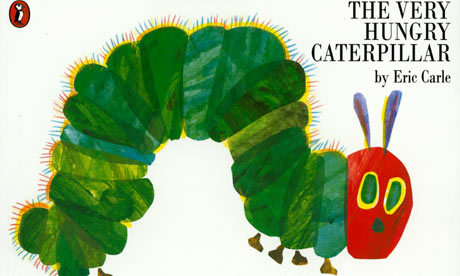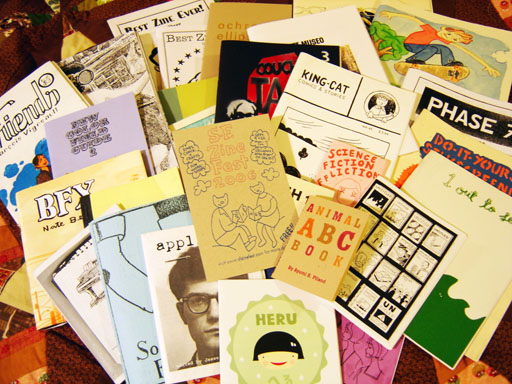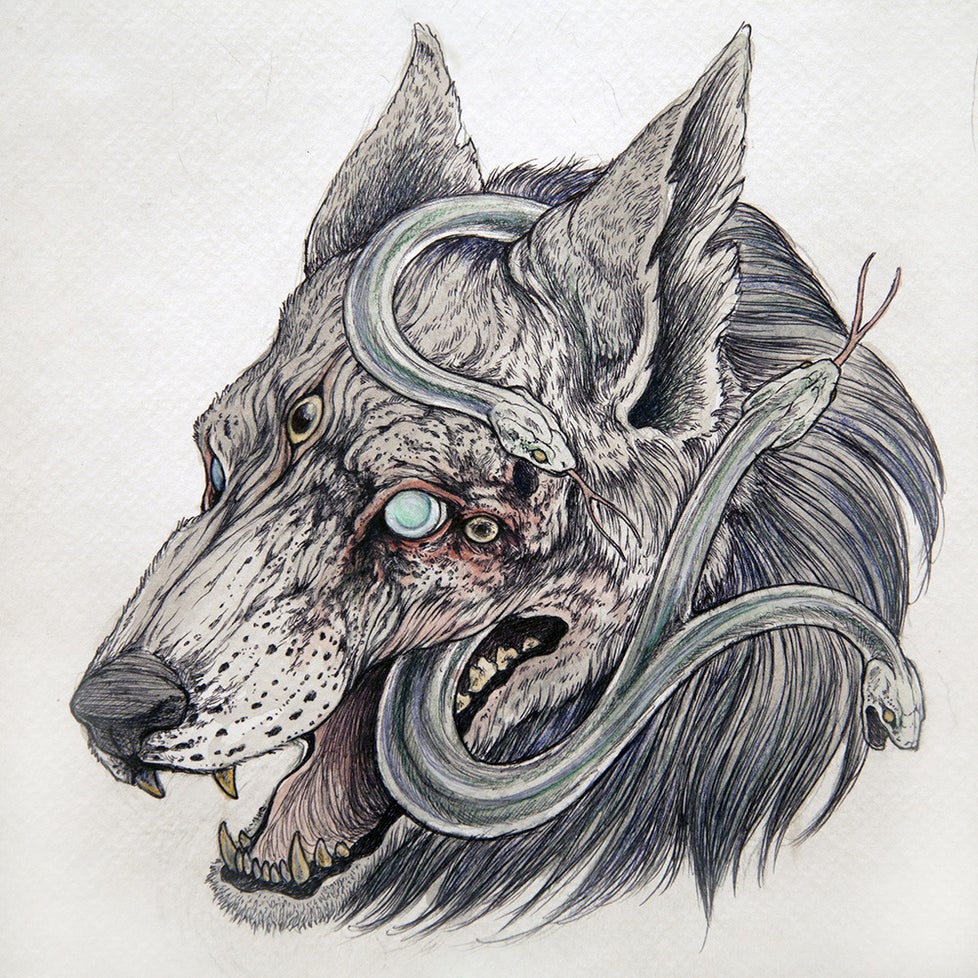With the development for my idea beginning, I want to go into detail about my intended target audience.
I briefly discussed what I thought about my zine's audience in an earlier blogpost, however I want to go into more detail about it cause it is a very important aspect of the development of my wildlife zine.
In the past I have worked a lot with the theme of children's illustration, however I would like to perhaps branch out a bit more into a wider genre.
I want to do this because if I choose to solely aim at appealing to a children's market, I will be narrowing down my options to sell my work when I go to London.
If I aim my work to appeal to both children's and adult audiences, then I have a very diverse, and massive market at my fingertips, and it may allow me to be more successful in a commercial sense.
Tailoring toward two different market audiences can be a very hard thing to do, however it is not impossible to execute.
It can be quite a common thing for both audiences to take an interest in for example, a book, or a zine/magazine.
In a earlier blog, I talked a bit about Hildafolk, as it is a prime example of what I am trying to discuss.
 |
| http://goodokbad.com/assets/images/books/hildafolk_02.jpg < image reference at this link. |
I have read all four books from the Hildafolk series, and each one in the series has clear, and easy to read literature, coupled with illustrations that appear in a cartoon-like fashion.
The language featured in the books are not too simple, and neither are the illustrations, so it really appeals more toward teens, and young adults.
 |
| http://www.nobrow.net/wordpress/wp-content/uploads/2012/10/HBP_slide042.jpg < image reference at this link. |
Of course I can't really aim my product at all ages, it is just too varied an audience to successfully do this, also I don't expect all demographics to be at the market stall that I sell my product in, as the main followers of zines are teens, and young adults.
I think that a pre-school child would not take too much interest in Hildafolk books due to the more complex wording than say, pre-school books, however the illustrations may be eye catching.
Adults who are fans of comics and graphic novels pay attention to Hildafolk, in order to perhaps relive elements of their innocent childhood.
I want my illustrations to appeal to both a young audience, as well as adults, and I will do this by making my illustrations quite detailed, however nice and colourful, and my language will be not overly complex, but just complex enough for young teens to understand easily.
It is easy to aim at one sole market, however when aiming at two completely different ones, it is all about getting the balance just right, something that I will have to do with my animal zine.
The below images display a children's book, and an adult book respectively.
As you can see, they are totally polar opposites to each other, however if I was to make a book that was right in the middle, I should be able to market it to both audiences.
 |
| http://static.guim.co.uk/sys-images/Admin/BkFill/Default_image_group/2010/2/23/1266928362300/The-Very-Hungry-Caterpill-001.jpg < image reference at this link. |
 |
| https://blogger.googleusercontent.com/img/b/R29vZ2xl/AVvXsEh8U7uWulIe8-z7qR3jQ0Q7_zCFNdfrslLnz2PNT0xU4wHaTHvQTpf9jTEtuhv7obPn5fQzFR098_NKok2Wuy6TQpmYmllmNM_2CePYGaOv5O1VgyaqeMDJ5ElWOZ5X7nKvkXsy82xgLAA/s1600/Here_normal1.jpg < image reference at this link. |
In conclusion I want to aim my zine at older teenagers, and young adults.
This means I want to aim my zine at a 16-24 target audience.
Thomas.









































.jpg)









